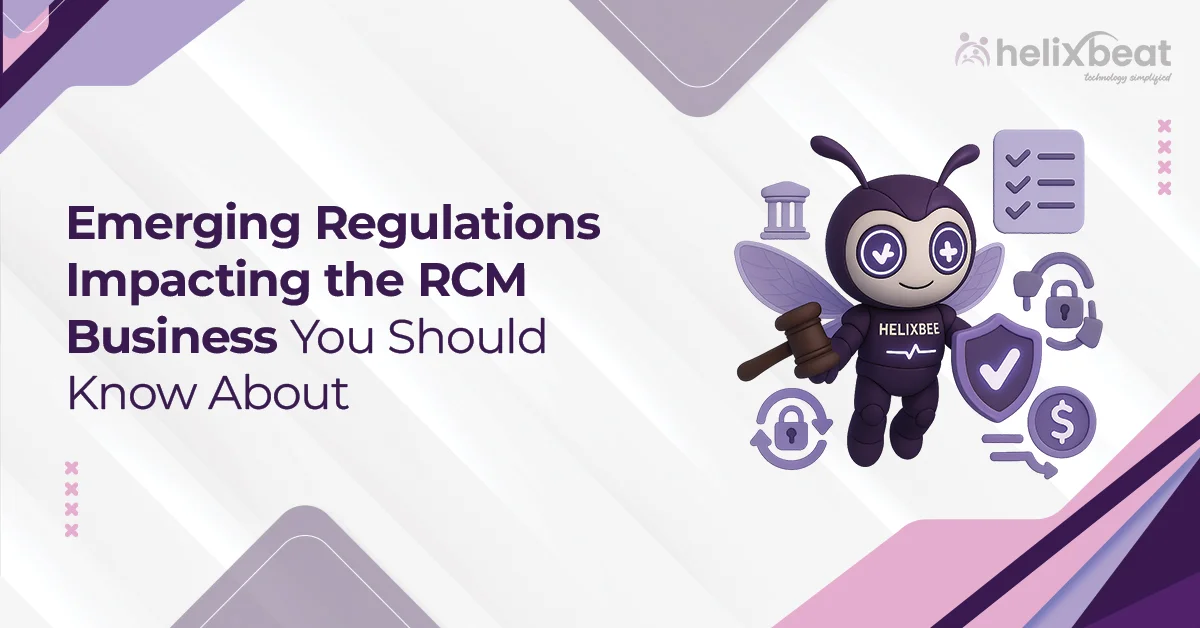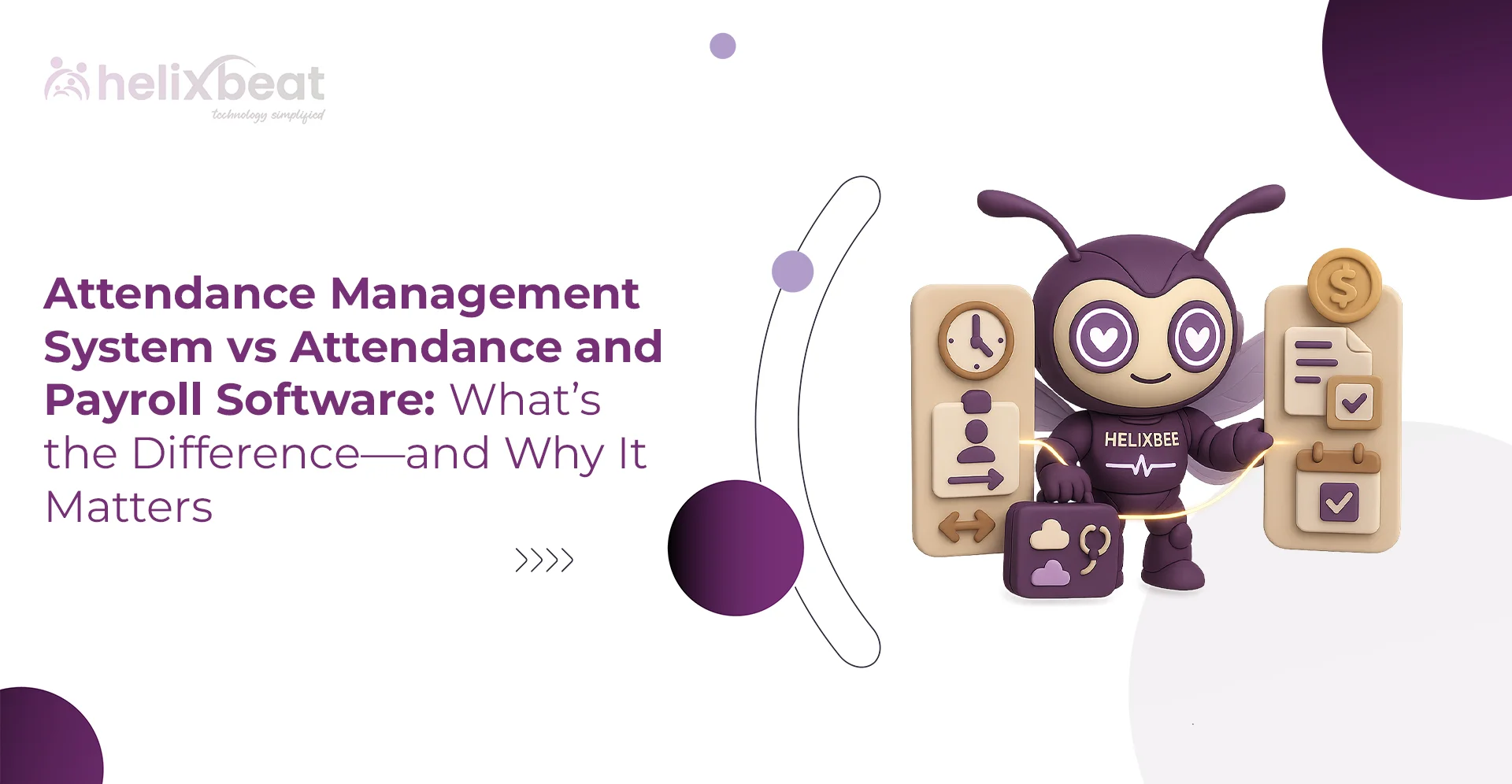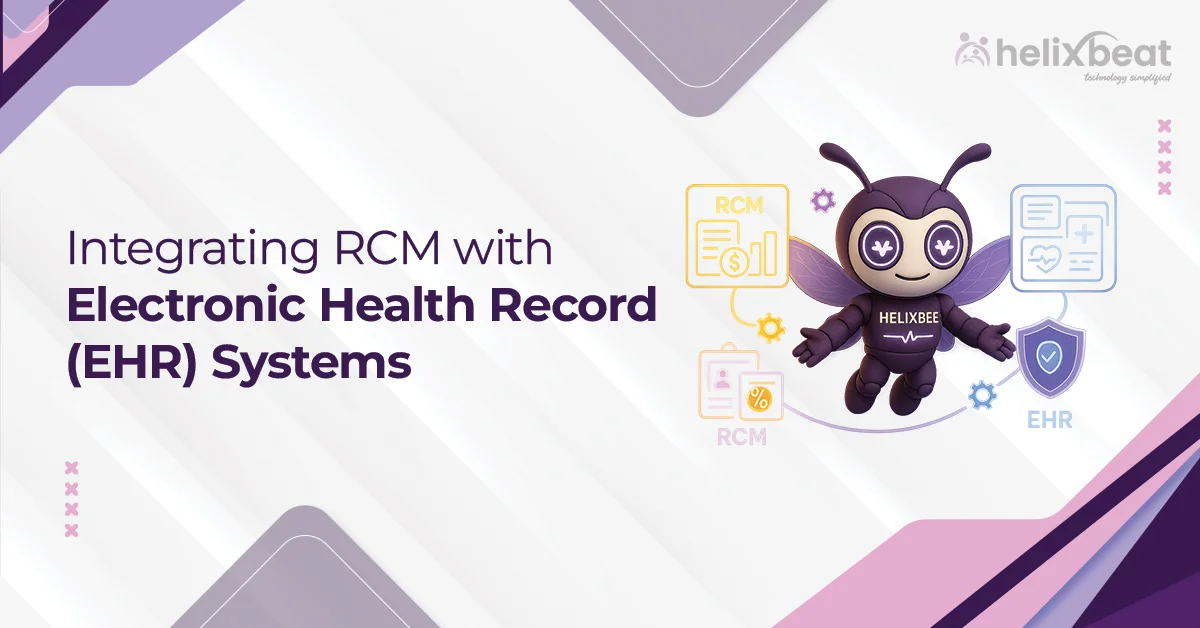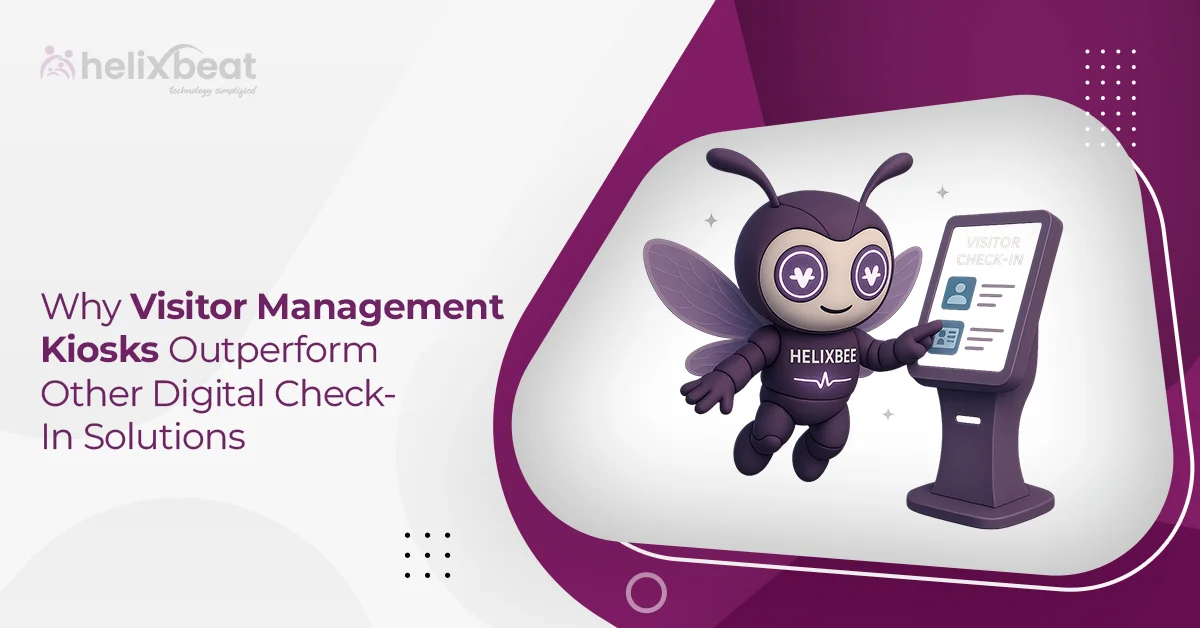Managing payroll taxes in India can be a complex process, especially with the ever-changing tax laws and regulations. Ensuring that your business complies with the tax code is not only essential for avoiding penalties but also for maintaining employee trust and satisfaction. Synergy, Helixbeat’s advanced HRMS solution, simplifies payroll management, including payroll taxes, making compliance easier and less time-consuming for businesses. Let’s dive into the world of payroll taxes in India and understand how the right tools can streamline the entire process.
Table of Contents
What Are Payroll Taxes in India?
Payroll taxes in India are mandatory contributions that employers are required to make to the government based on the salaries of their employees. These taxes include a range of components, each designed to fund government services such as healthcare, pensions, and unemployment benefits. Understanding payroll taxes is critical for business owners, HR teams, and finance managers to ensure they meet statutory obligations and avoid any legal issues.
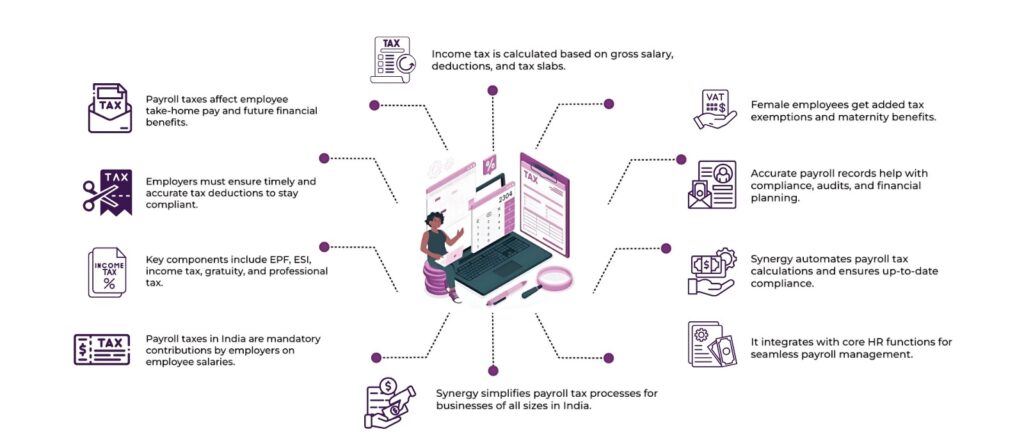
Key Components of Payroll Taxes in India
Employee Provident Fund (EPF): This is a retirement benefit scheme where both the employer and employee contribute a fixed percentage of the employee’s salary. EPF helps secure the employee’s future after retirement.
Employee State Insurance (ESI): ESI is a health insurance scheme that provides medical benefits to employees in case of sickness, maternity, or accidents. It is applicable to employees earning below a certain threshold.
Income Tax: A percentage of the employee’s salary is deducted as income tax based on the income tax slabs defined by the government. Employers are responsible for ensuring the correct tax is deducted and remitted to the government.
Gratuity: This is a lump sum payment made by the employer to an employee who has worked for five or more years at the company. It is calculated based on the employee’s salary and tenure.
Professional Tax (PT): A state-level tax levied on employees’ income in certain states. It is deducted from the salary and paid by the employer to the state government.
How Payroll Taxes Affect Employers and Employees in India?
Payroll taxes in India are essential for both employers and employees, as they play a crucial role in the country’s social security system. However, managing them can be challenging. Businesses must ensure they comply with legal requirements and make timely payments to avoid penalties.
Impact on Employers
Payroll taxes in India can be a substantial part of operating costs for employers. However, these taxes are non-negotiable, and failure to comply can lead to severe legal and financial consequences. Employers need to ensure accurate calculations, timely deductions, and proper filing of returns to stay compliant and avoid penalties.
Impact on Employees
For employees, payroll taxes in India affect their take-home salary and benefits. Ensuring that the deductions are correct, and that they are benefiting from the contributions made towards their future (like EPF and ESI), is crucial for their financial security. Employee tax in India also plays a role in determining the income tax liability for each individual, which is important for financial planning and ensuring that employees maximize their benefits.
The Role of Synergy in Simplifying Payroll Tax Compliance
Synergy by Helixbeat offers a comprehensive payroll management system that automates the complex task of payroll tax management in India. By automating calculations, deductions, and filings, Synergy helps businesses stay compliant with all tax-related requirements, ensuring that both employers and employees benefit from streamlined operations.
Key Features of Synergy’s Payroll Tax Management
Automated Calculations: Synergy automatically calculates tax deductions for EPF, ESI, professional tax, and employee tax in India, reducing human error and ensuring compliance.
Real-Time Tax Updates: The system stays up-to-date with the latest changes in payroll tax laws in India, ensuring that your business remains compliant with the government’s regulations.
Seamless Integration with Other HR Functions: Synergy integrates payroll management with attendance, leave management, and expense management, providing a holistic approach to HR operations.
Customizable Reports: Synergy offers detailed and customizable reports on payroll taxes in India, helping businesses keep track of tax liabilities and employee deductions in real time.
With these features, Synergy makes managing payroll taxes in India straightforward and efficient, freeing up valuable time for HR and finance teams.
How Income Tax for Employees is Calculated in India?
Employee tax in India is based on a progressive tax system, where higher income attracts a higher tax rate. As an employer, it’s your responsibility to calculate and deduct the appropriate amount of tax from each employee’s salary.
Steps Involved in Calculating Income Tax for Employees
Determine Gross Salary: This includes basic pay, allowances, bonuses, and other benefits.
Apply Deductions: Tax deductions such as investments in provident fund (PF), National Pension Scheme (NPS), and others are subtracted from the gross salary.
Check the Applicable Tax Slab: Based on the employee’s taxable income, apply the relevant income tax slab rates.
Tax Deducted at Source (TDS): The employer calculates the TDS and deducts it before paying the employee.
Synergy’s payroll management system helps automate this process, ensuring that employee tax in India calculations are accurate and compliant with the latest regulations.
The Importance of Payroll Tax Filing and Record-Keeping
Accurate record-keeping is crucial for any business, especially when it comes to payroll taxes in India. Employers are legally obligated to file tax returns, maintain records, and provide necessary information during audits. Proper documentation also helps resolve any disputes that may arise regarding tax calculations.
Benefits of Efficient Record-Keeping
Compliance with Tax Laws: Proper record-keeping ensures that businesses comply with statutory requirements and avoid penalties. This is essential for maintaining smooth payroll operations.
Audit Readiness: Accurate records make the auditing process smoother and faster, as all necessary documents are readily available. This preparedness ensures that businesses stay compliant during any audits.
Financial Planning: Detailed payroll records help businesses plan their finances better, as they can track expenditures related to payroll taxes and employee benefits. This level of clarity is essential for making informed financial decisions.
Synergy’s reporting and data management features ensure that all payroll data is captured accurately, stored securely, and can be retrieved whenever needed for audits or reports.
Understanding Payroll Taxes for Female Employees in India
While payroll taxes in India apply equally to all employees, there are some nuances related to income tax for female employees in India. These include tax exemptions and benefits that can help reduce the tax burden for female employees.
Tax Benefits for Female Employees
Higher Tax Exemption Limit: Female employees can claim higher exemption limits under the Income Tax Act. For example, women can claim up to ₹3 lakh exemption under Section 80C for their investments, providing additional financial relief.
Maternity Benefits: Female employees are entitled to paid maternity leave, which is supported by the government through the Employee State Insurance (ESI) scheme. This leave is not subject to income tax, offering financial relief during maternity, ensuring employees’ income remains unaffected.
Tax Deduction for Medical Expenses: Female employees can also claim tax deductions for medical expenses under Section 80D for the premiums paid for health insurance, further reducing their taxable income.
With Synergy’s comprehensive payroll management system, these deductions and benefits are automatically applied to reduce the tax burden on female employees, making income tax for female employees in India simpler and more efficient.
Final Words
Payroll taxes in India can be complex and challenging for businesses to manage manually. However, with Synergy, Helixbeat’s advanced HRMS solution, payroll tax compliance becomes streamlined and effortless. From accurate tax calculations and TDS deductions to managing income tax for female employees, Synergy automates every step, ensuring businesses stay compliant with the latest laws and regulations. Whether you’re a small startup or a large enterprise, Synergy provides a scalable solution to manage your payroll taxes, reduce errors, and simplify record-keeping.
If you want to ensure smooth payroll tax management in your organization, Experience Synergy Today. Start your free demo and see how Synergy can revolutionize your payroll processes.
FAQs
1. What is the payroll tax in India?
Payroll tax in India refers to the mandatory tax deductions made from an employee’s salary, which includes income tax, Provident Fund (PF), Employee State Insurance (ESI), and professional tax, among others.
2. What is the payroll cycle in India?
The payroll cycle in India is typically monthly, where employees are paid at the end of each month. However, some companies may opt for weekly or bi-weekly payroll cycles depending on their policies.
3. Is PF taxable?
Provident Fund (PF) contributions are not taxable at the time of contribution. However, the interest earned on PF balances and the lump sum amount upon withdrawal may be taxable if conditions are not met.
4. How does payroll work in India?
In India, payroll involves calculating and deducting employee wages, taxes, and statutory benefits like PF, ESI, and taxes based on income slabs. Employers are required to file tax returns and remit the deducted amounts to the government.
5. How to calculate HR payroll?
To calculate HR payroll, first determine the employee’s gross salary, then subtract applicable deductions like tax, PF, and other contributions. The net salary is the final pay after all deductions.







